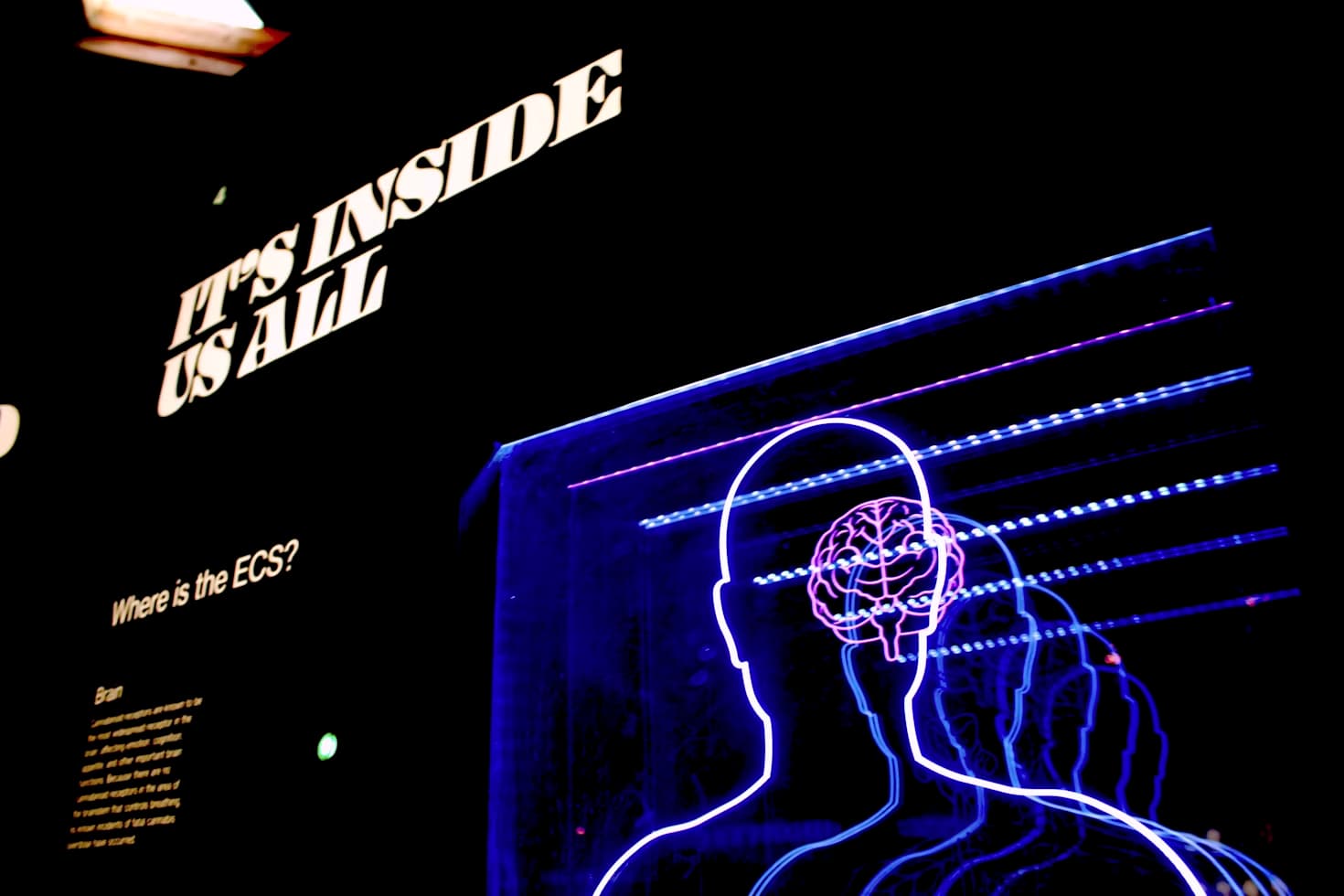We’ve all been there: frantically hitting “buy now” because a deal is about to expire or items are dwindling. Marketers are masters of manipulating our emotions through scarcity and urgency, leading to impulsive online purchases often based on feeling rather than logic. Just like these tactics can make us rush a purchase online, they can also influence our academic decisions.
Feeling pressured by “limited time” essay writing services or warnings about “few spots remaining” can lead to rushed, subpar work. True academic success comes from genuine learning, not quick fixes fueled by urgency. Before succumbing to pressure, you can explore resources like SaveMyGrade review to find reputable services that help you write your essays. Let’s explore the psychology behind these tactics and how they shape our online and classroom choices.
The Emotional Triggers
Our brains are wired to react to scarcity and urgency. When presented with limited availability or a ticking clock, we experience emotions like fear of missing out (FOMO) and loss aversion.
FOMO fuels the desire to snatch up something before it’s gone, while loss aversion pushes us to avoid missing out on a valuable deal. These emotions bypass rational thinking, making us more susceptible to impulsive purchases.
Marketing’s Arsenal of Influence
Savvy marketers exploit these emotional vulnerabilities through various tactics:
- Limited Quantity. Phrases like “only X left,” or countdown timers create a sense of immediate scarcity. Limited or exclusive products amplify the desire to “own what others miss.”
- Limited Time Offers. Flash sales, countdown timers, and “ending soon” notifications inject urgency, pushing us to act quickly before the opportunity vanishes. Time-sensitive discounts and promotions add further allure.
- Social Proof. Seeing messages like “X people are looking at this” or “limited spots left” taps into our herd mentality. We’re more likely to buy something popular, fearing we might miss out if others snap it up first.
- Personalization. Abandoned cart reminders with limited-time recovery offer leverage the initial interest while adding urgency. Additionally, product recommendations based on browsing history and scarcity cues create a tempting personalized “opportunity.”
Impact and Considerations
Research shows these tactics effectively increase conversion rates. However, their impact isn’t always positive. Customers might feel manipulated, leading to dissatisfaction and harming brand perception. The ethical line between creating excitement and manipulating emotions is crucial.
Responsible Scarcity and Urgency
Marketers can leverage these tactics ethically by:
- Transparency. Communicate offer details and avoid misleading scarcity claims.
- Authenticity. Offer genuine value with limited-time promotions, not artificial scarcity.
- Balance. Use these tactics sparingly and avoid bombarding customers with constant urgency.

Optional Additions:
- Include specific examples of brands using scarcity and urgency effectively or poorly.
- Discuss cultural differences in response to these tactics.
- Briefly mention counter-strategies for consumers to avoid impulsive purchases.
Generation Gap? Age and the Scarcity Lure
While younger generations, digital natives accustomed to instant gratification, might appear primed for flash sales and fleeting offers, it’s not a one-way street. Research suggests older demographics also prey on scarcity cues, particularly when nostalgia or sentimentality is involved.
Imagine limited-edition vinyl reissues igniting a spark of collector’s zeal in baby boomers or exclusive access to early bird sales for coveted theater tickets swaying retirees. The key seems to lie in perceived value and meaning rather than age brackets. Understanding the emotional associations attached to limited products, regardless of demographic, is crucial for marketers seeking to leverage scarcity effectively.
Beyond the Click: Scarcity’s Offline Influence
The siren song of scarcity and urgency isn’t confined to the online realm. Brick-and-mortar stores also wield these tactics with enticing limited-edition releases, “early bird specials,” and “while supplies last” pronouncements. The psychological principles remain the same, triggering a sense of urgency and fear of missing out, propelling customers through doors.
Think Black Friday crowds scrambling for doorbusters or the frenzy over limited-edition designer collaborations in high-end boutiques. Understanding how these tactics translate across platforms empowers marketers and consumers to navigate the persuasive power of scarcity, whether online or in the physical world.
The Ethics of Artificial Scarcity
A crucial question arises: at what point does scarcity tip from an enticing marketing strategy to unethical manipulation? Concerns flare when marketers artificially manufacture scarcity, inflating the perceived value of readily available products. This bait-and-switch tactic erodes trust and tarnishes brand reputation. The ethical path lies in transparency and authenticity.
The Power of Community: Countering FOMO
In the face of FOMO’s persuasive grip, consumers can cultivate mindful shopping habits and leverage the power of community. Discussing experiences and purchases with like-minded individuals online or in person provides valuable perspectives and combats the pressure to buy impulsively.
Imagine forum discussions analyzing product claims and comparing deals or support groups dedicated to mindful spending offering encouragement and accountability. By building a network of informed and conscious consumers, individuals empower themselves and each other to resist the manipulative allure of scarcity and make informed purchasing decisions.
The Future of Scarcity and Urgency
As technology evolves, the landscape of scarcity and urgency will likely transform. Imagine virtual reality experiences offering a “try before it’s gone” glimpse of limited-edition items or AI-driven dynamic pricing that fluctuates based on individual interest and purchase history.
These personalized scarcity experiences might create a new level of enticement and challenge. To navigate this ever-evolving landscape, consumers must remain equipped with critical thinking skills and information literacy. Embracing responsible shopping habits, fostering supportive communities, and demanding transparency from brands will be crucial tools in the face of increasingly sophisticated scarcity tactics.
Beyond the Buzz: Navigating the Future of Scarcity and Urgency
The influence of scarcity and urgency on our online shopping habits is undeniable. Understanding the psychological triggers and marketing tactics can empower us to make informed choices and avoid impulsive purchases. However, the future of these tactics demands not simply awareness but proactive engagement.
For consumers, fostering mindful shopping habits, leveraging supportive communities, and demanding brand transparency are crucial. Cultivating critical thinking skills and information literacy will equip us to navigate the increasingly sophisticated world of personalized scarcity experiences. For marketers, ethical considerations are paramount. Transparency, authenticity, and responsible use of these tactics are essential for building trust and fostering long-term customer relationships.
Ultimately, the future of scarcity and urgency in online purchases lies not in manipulation but in mutual understanding and responsible practices. By acknowledging the emotional triggers, consumers and marketers can create a shopping landscape that prioritizes value, informed choices, and ethical marketing practices. This shift promises a more mindful and empowering online shopping experience for all.
